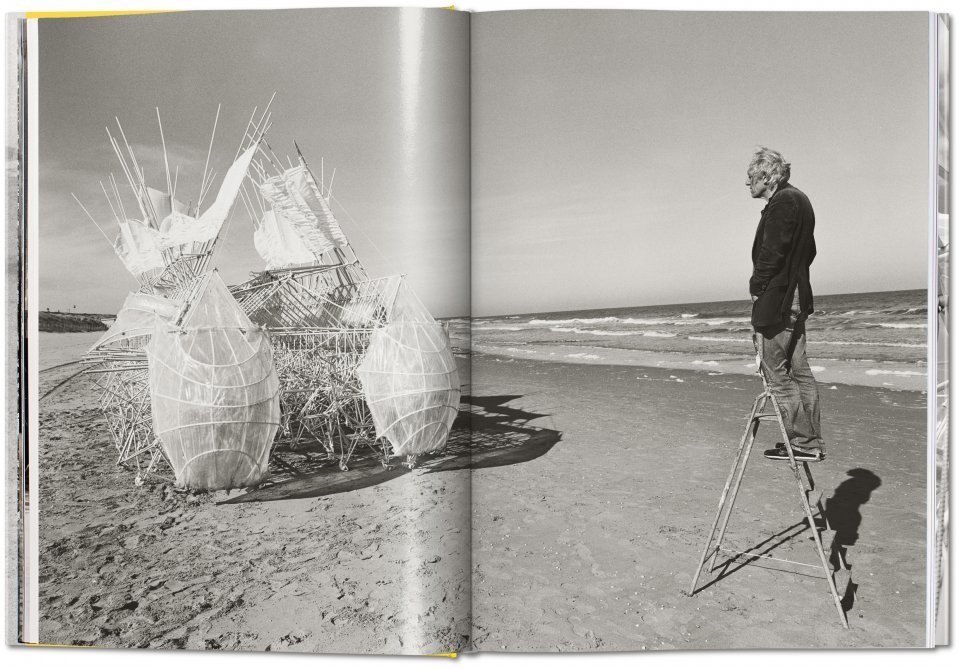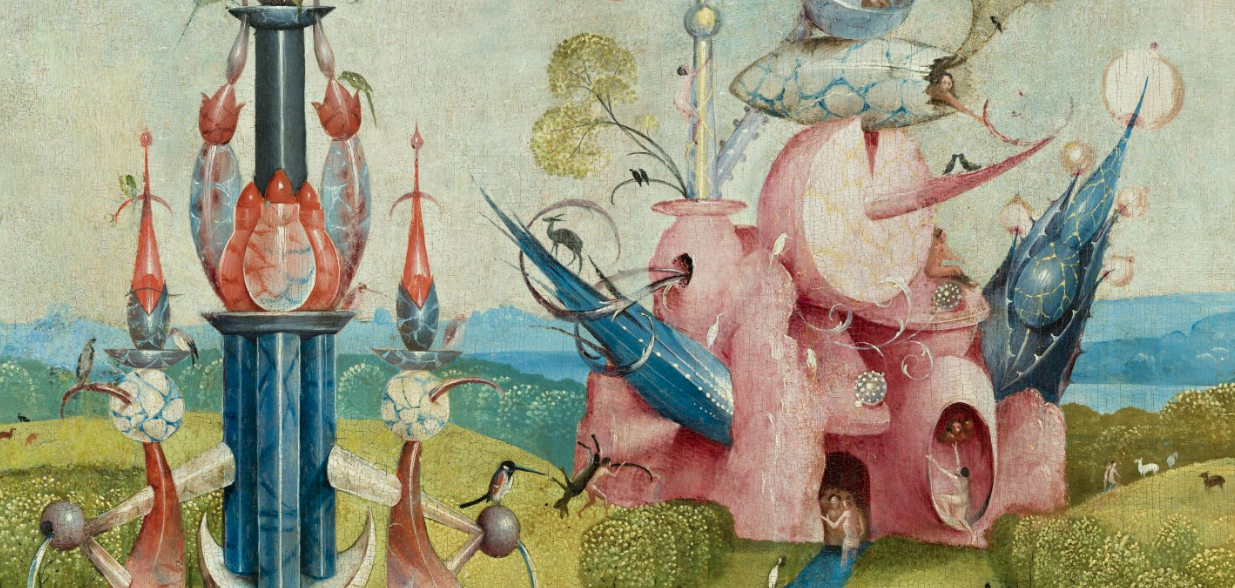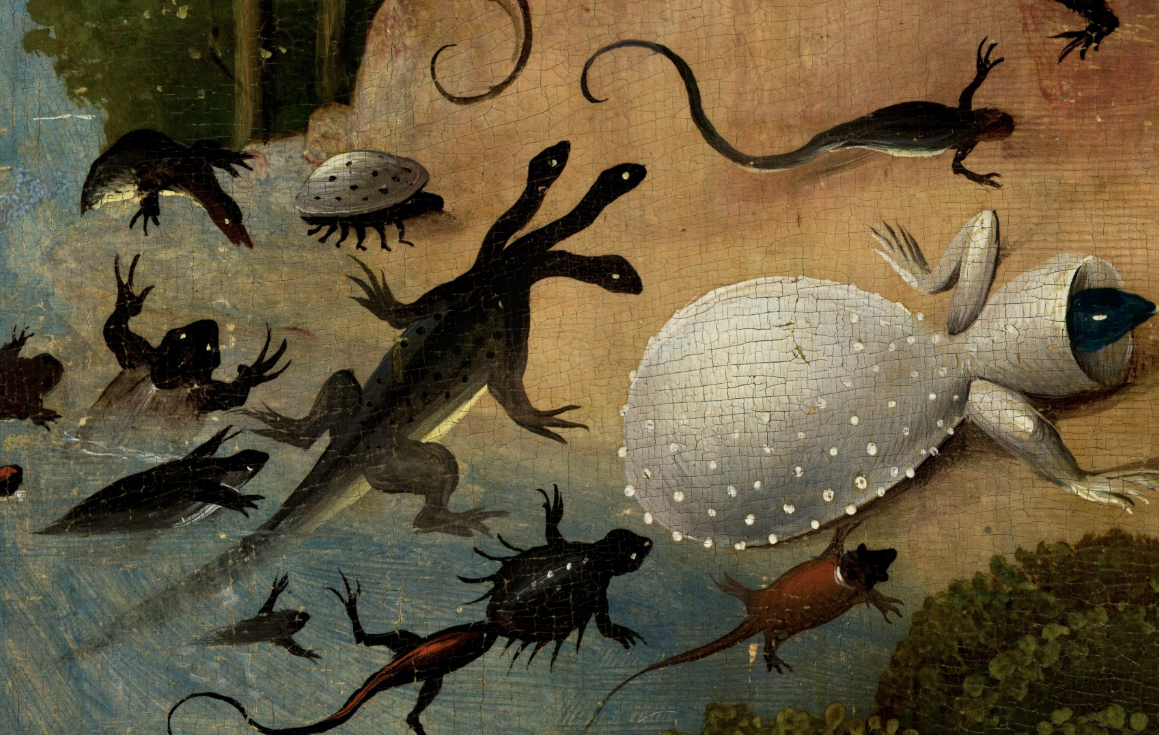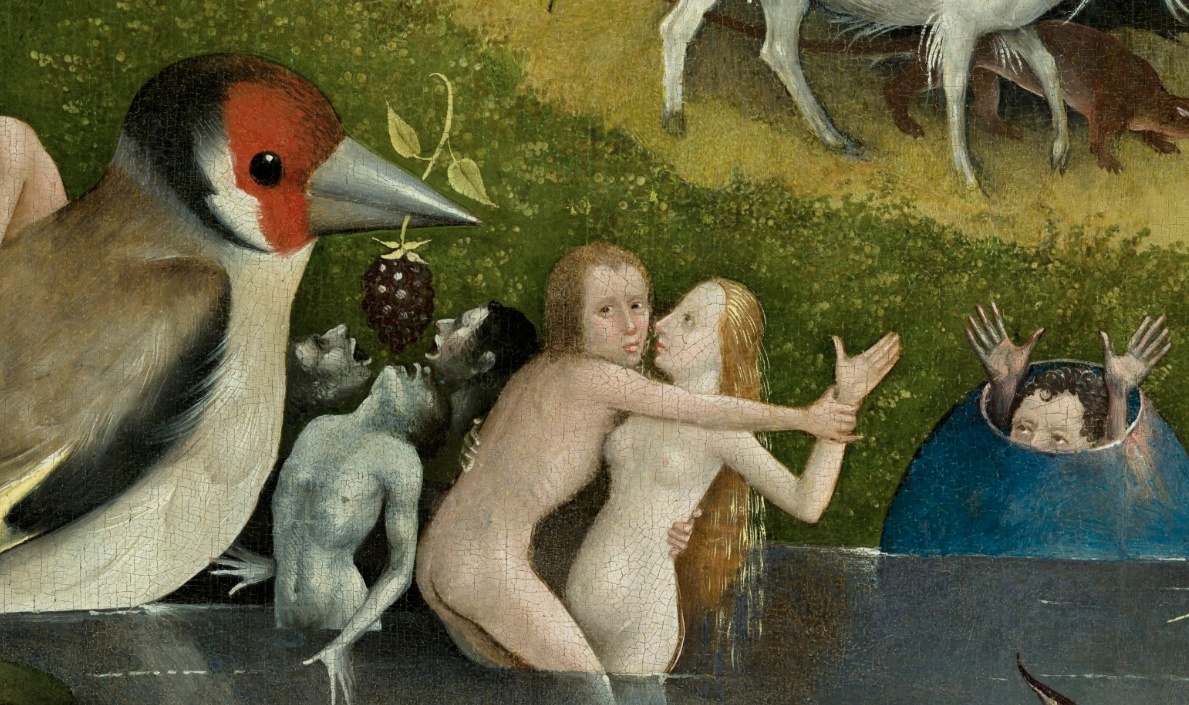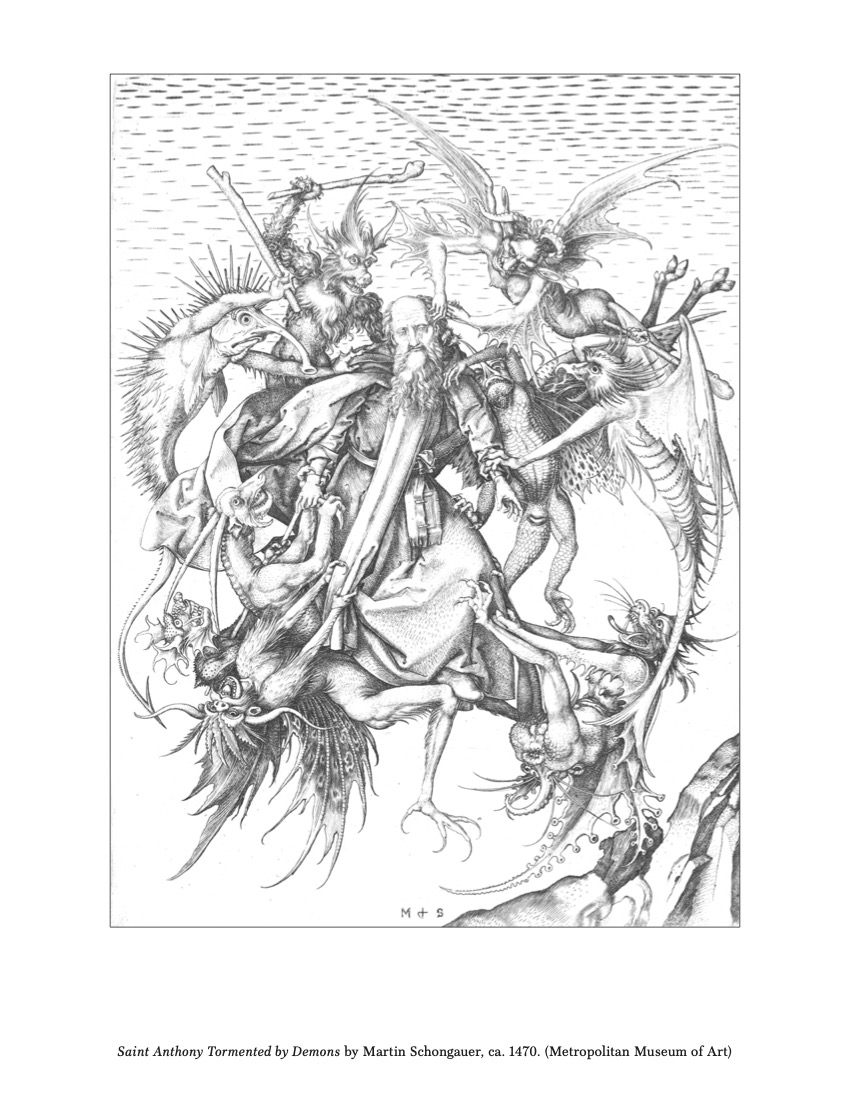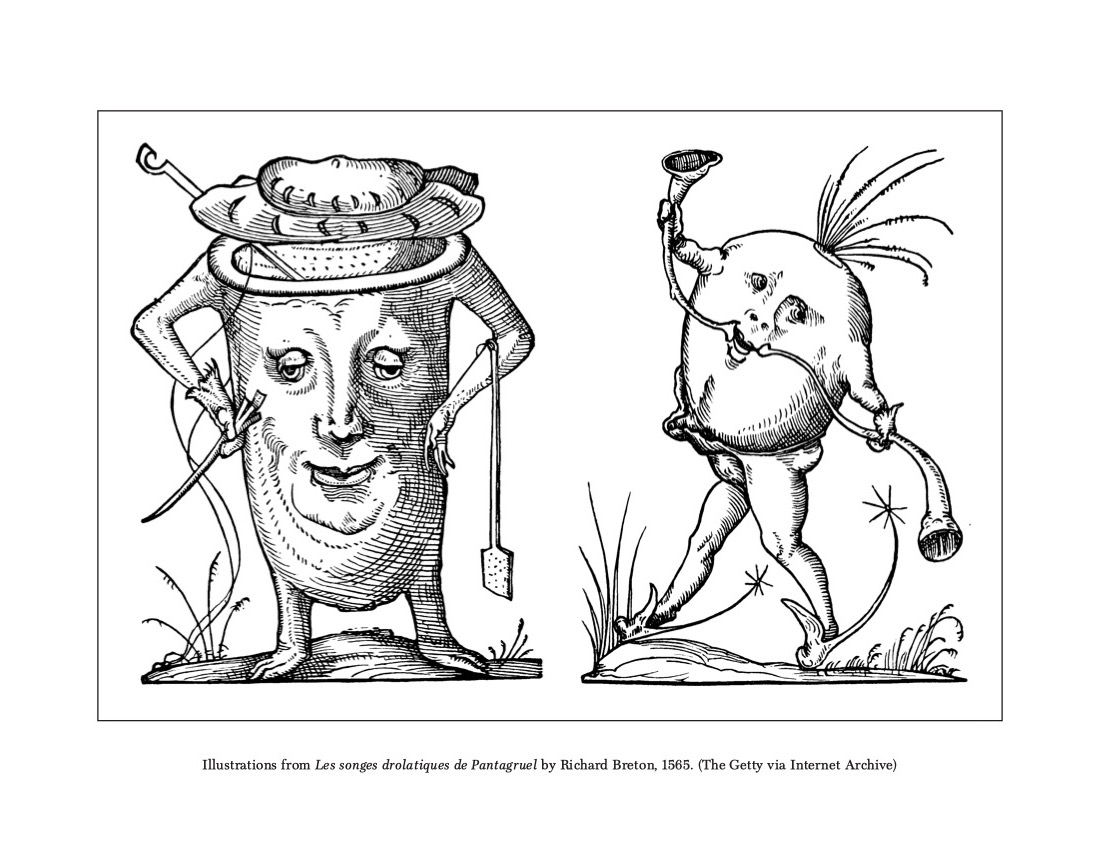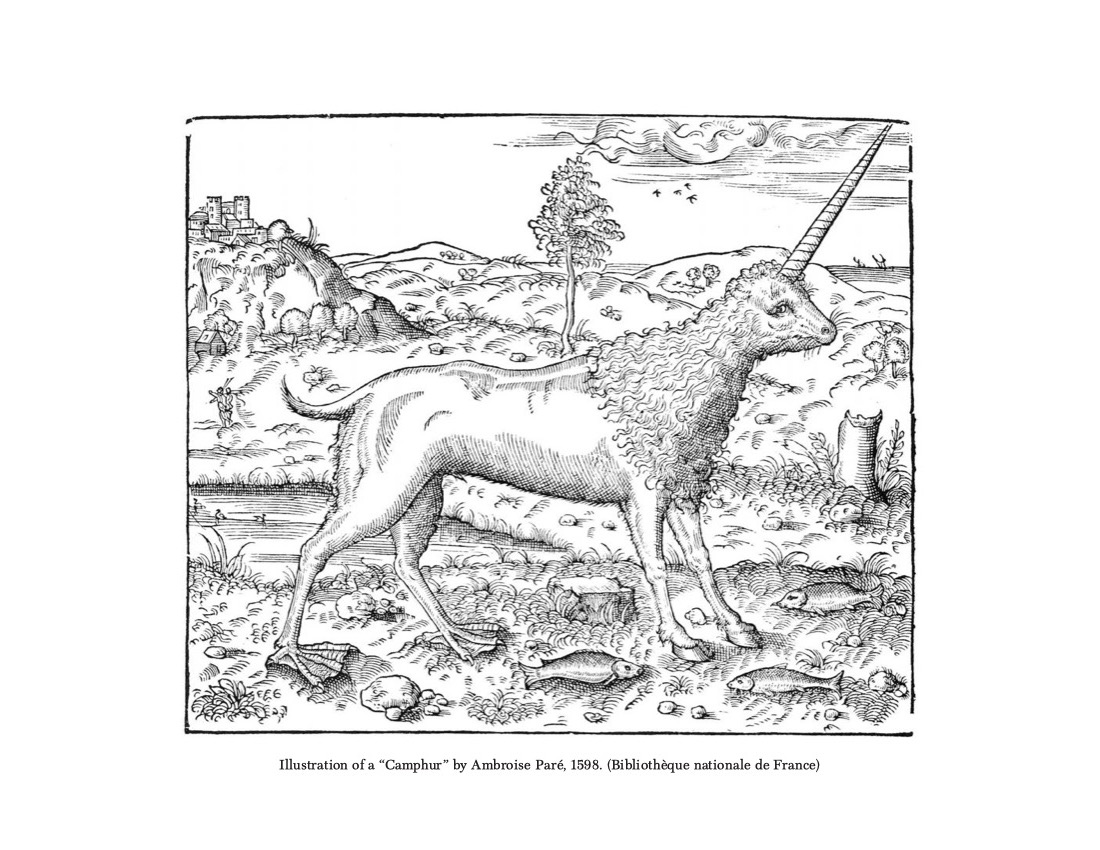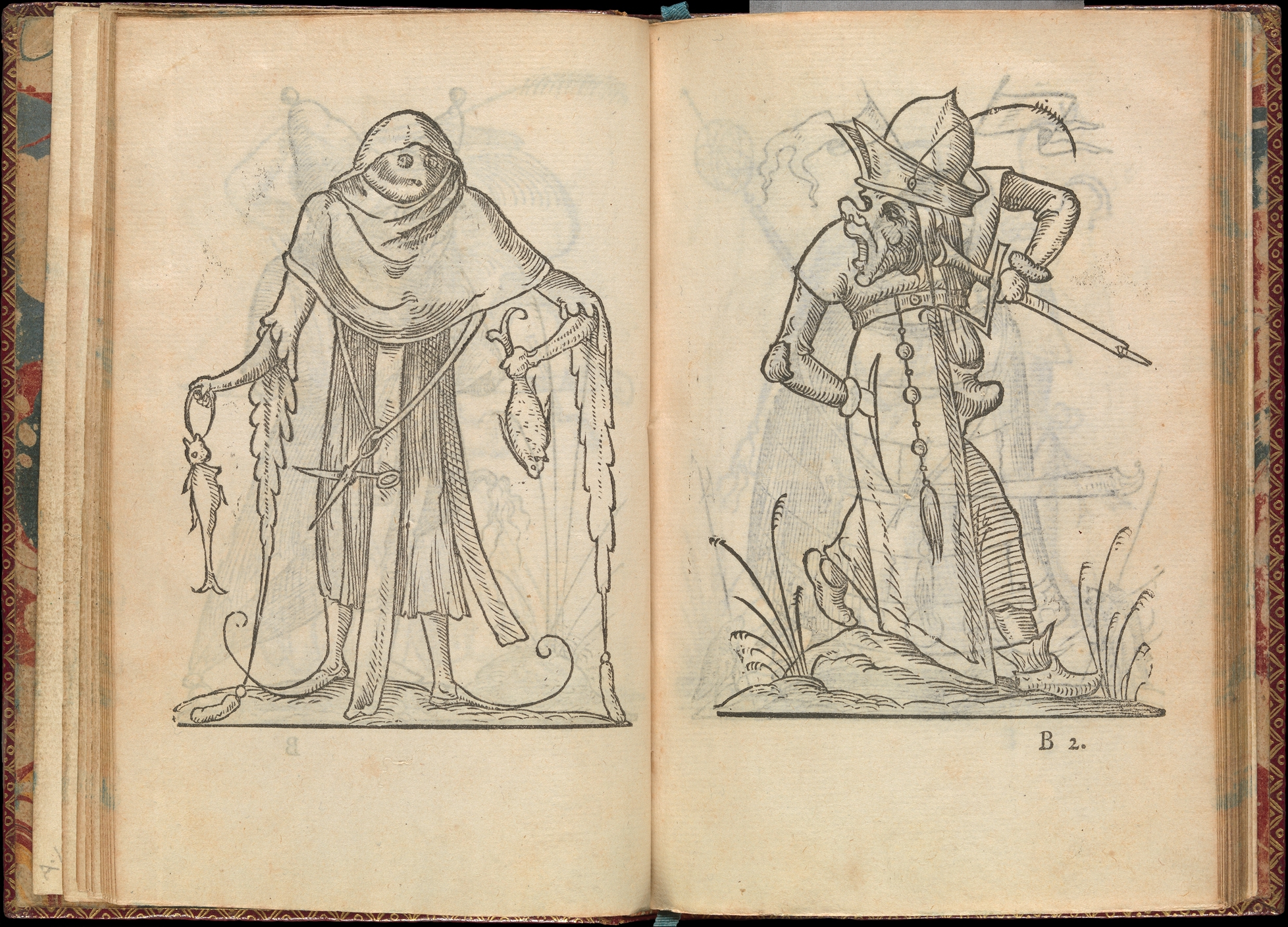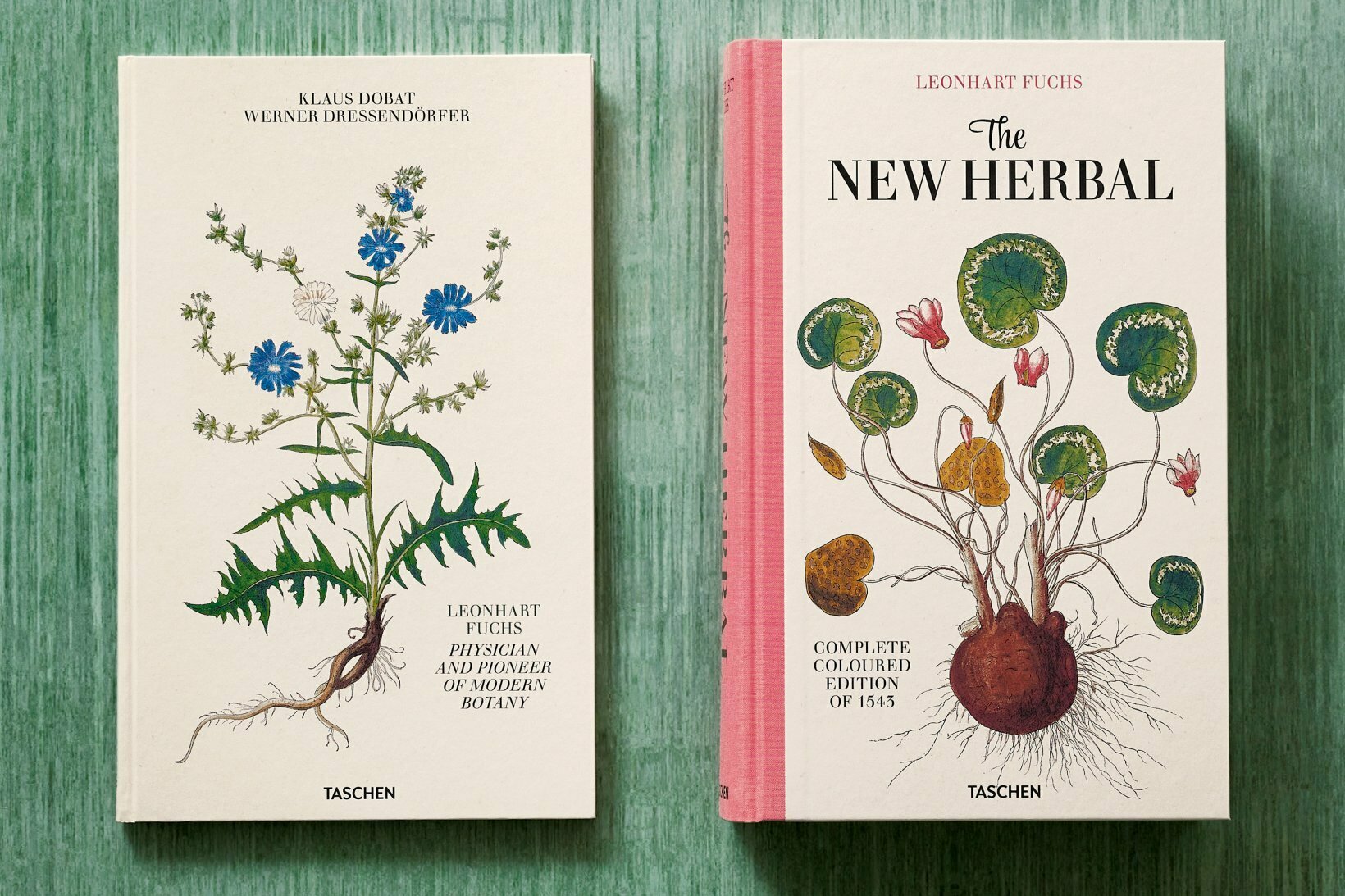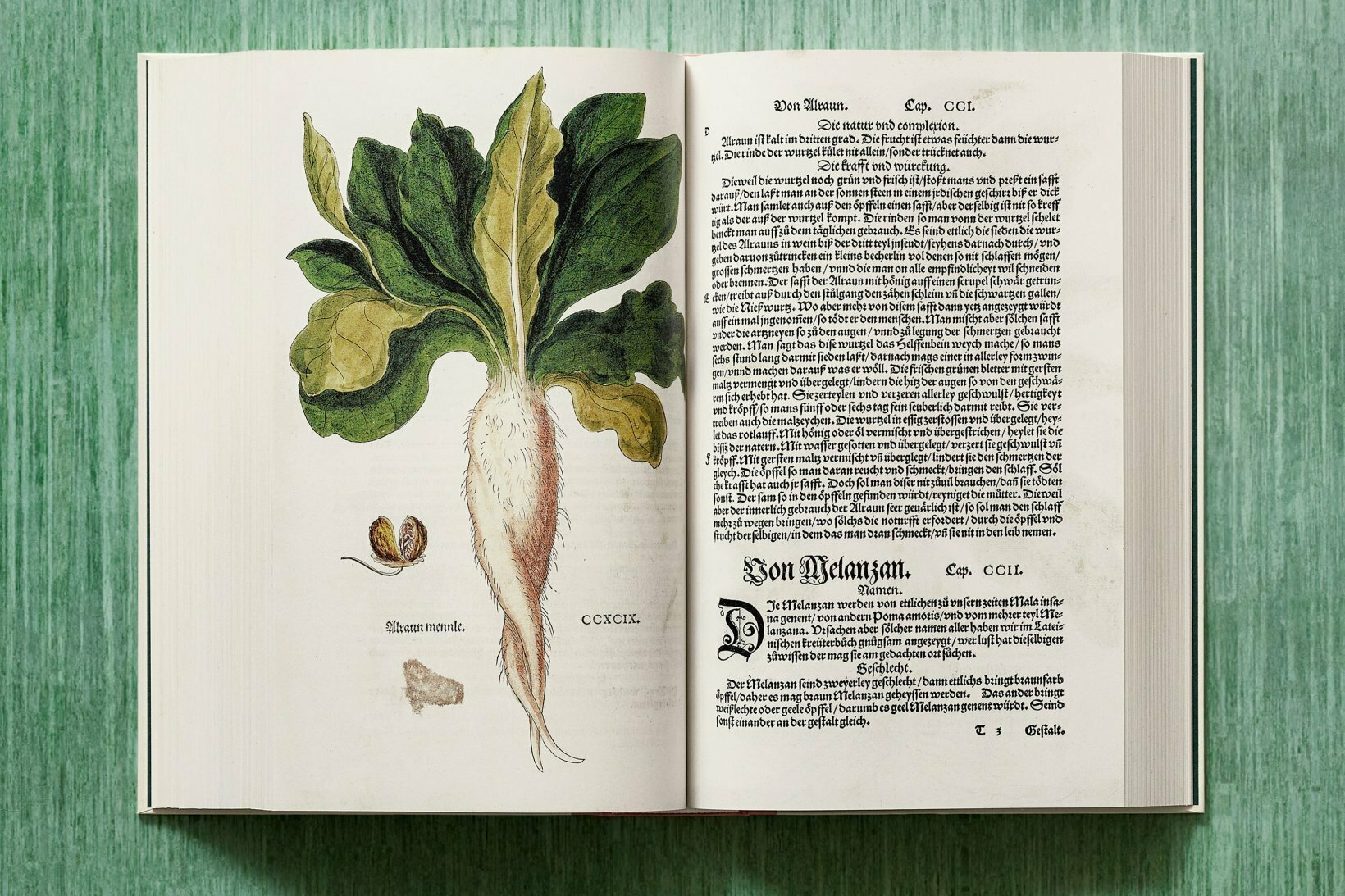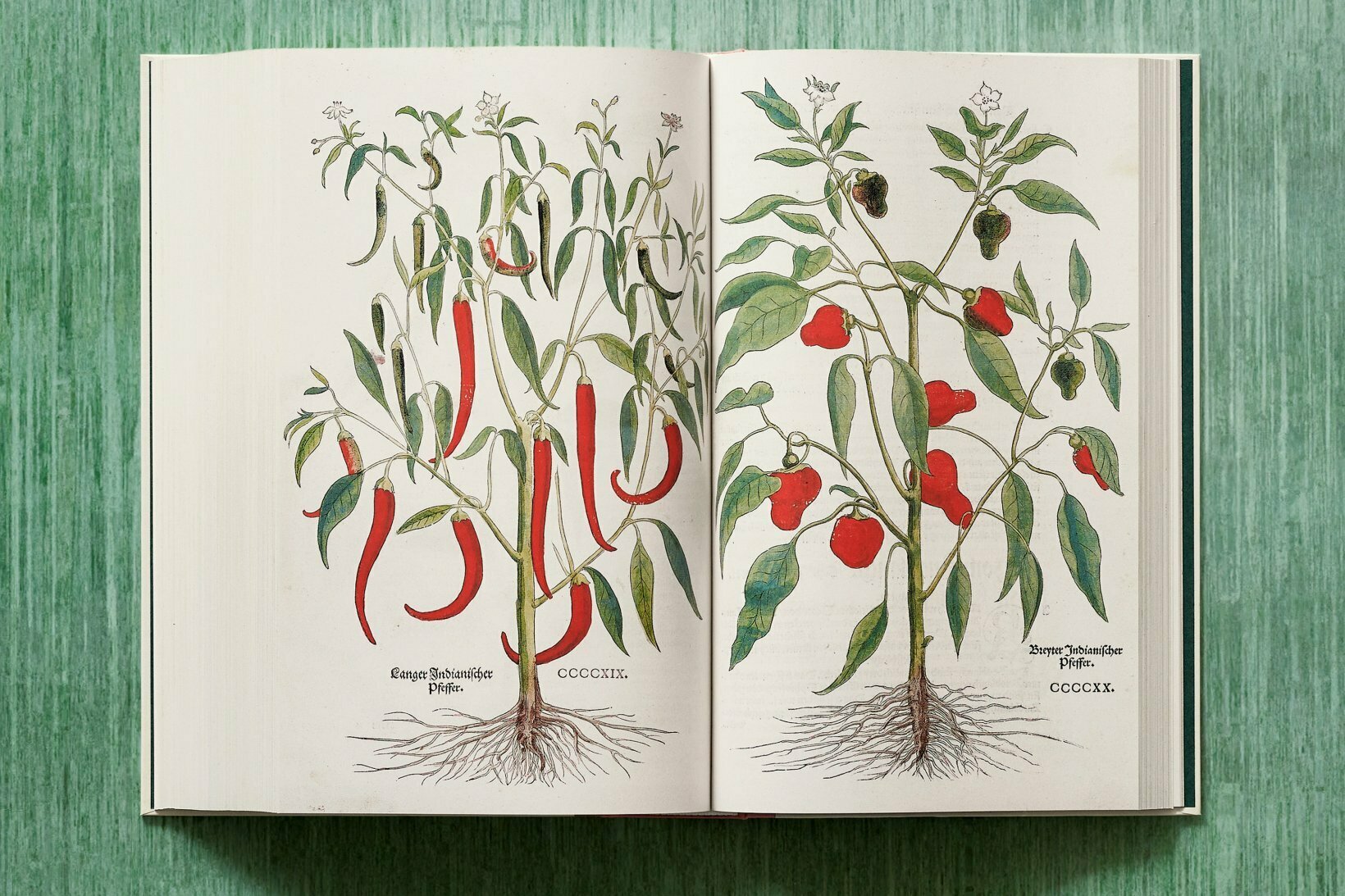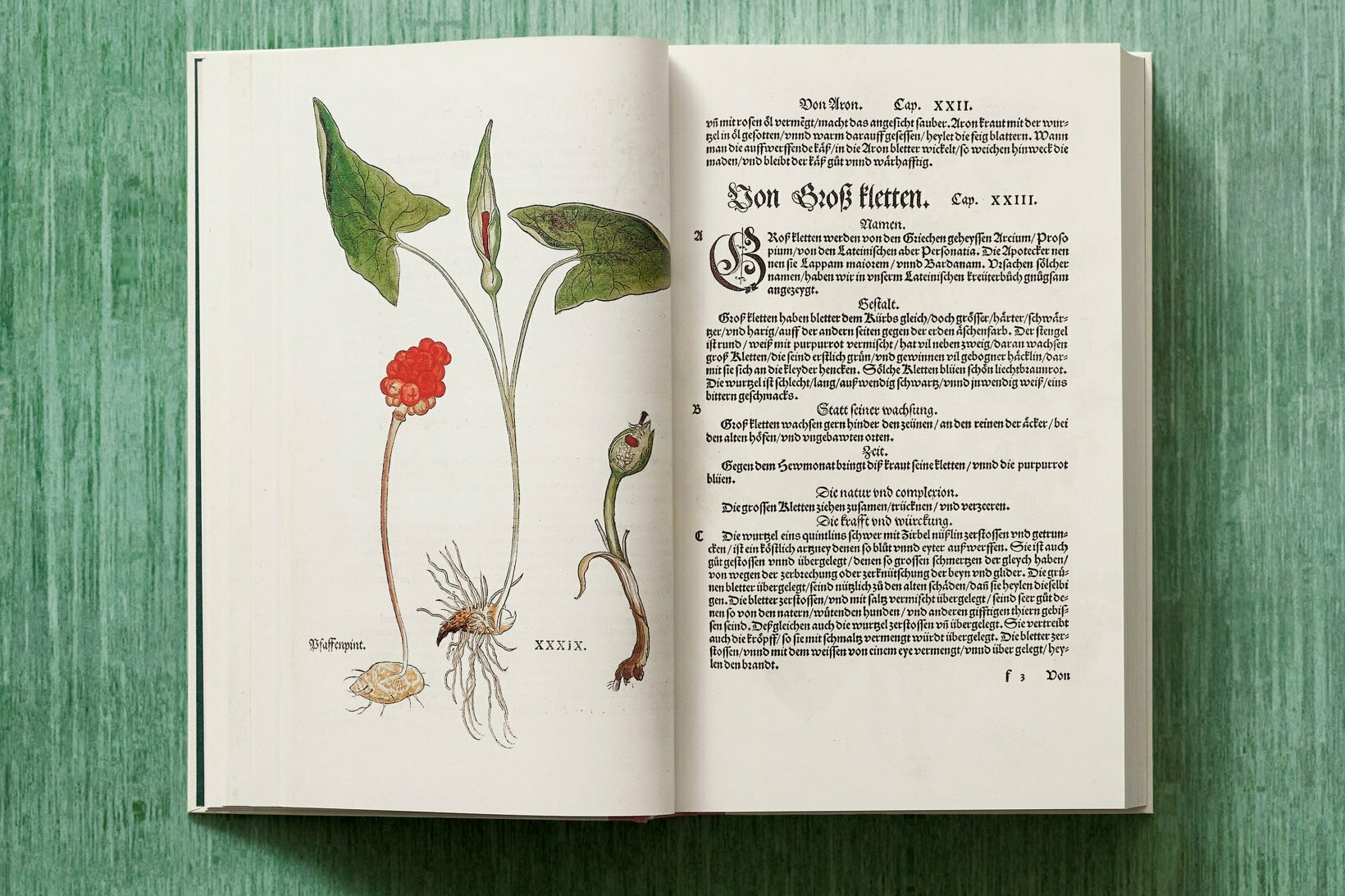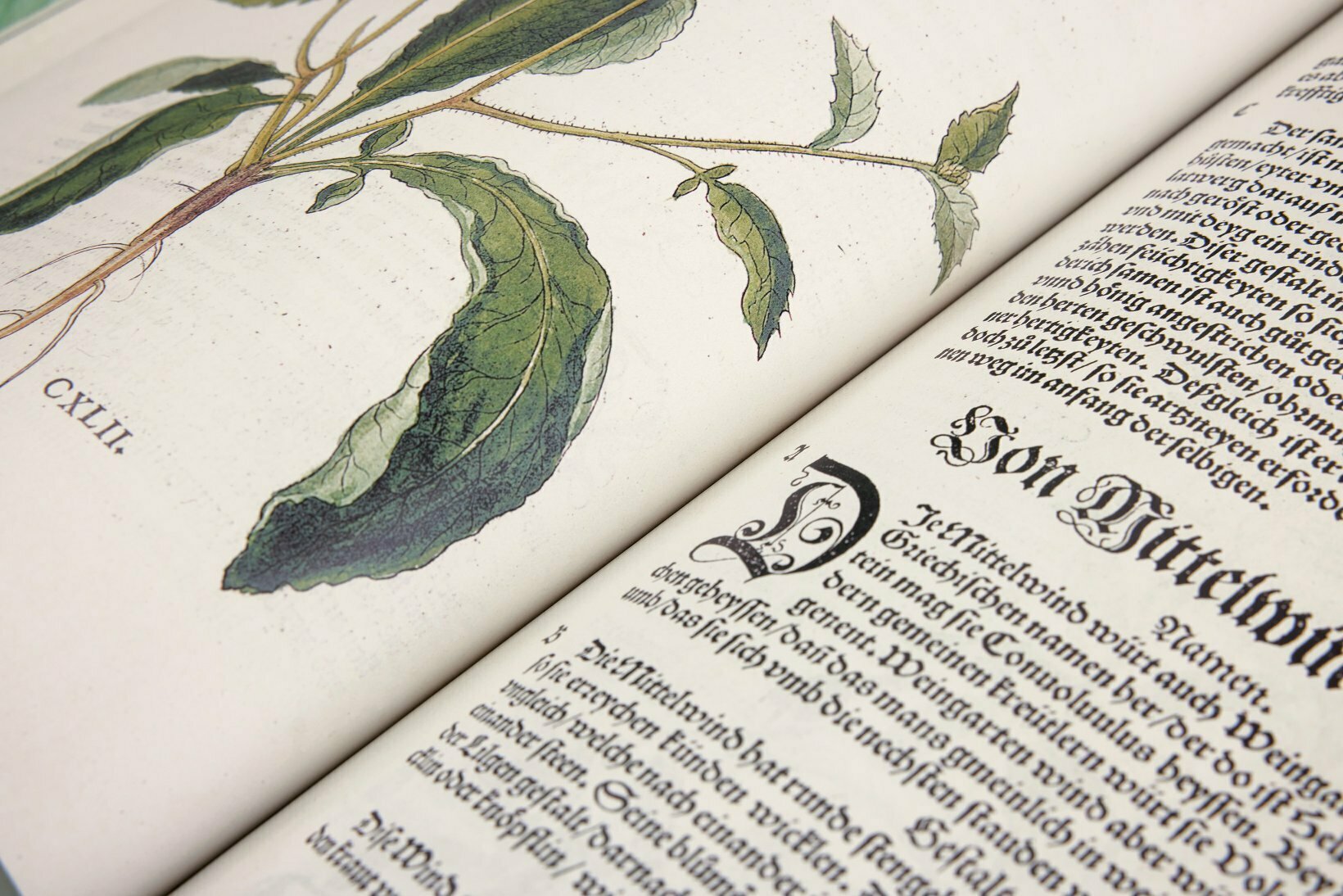For a couple of months in 2010, Marina Abramović spent her days wordlessly and motionlessly sitting at a table in the atrium of the Museum of Modern Art. Any visitor could sit in the chair opposite her, for as long as they liked. In response, Abramović said nothing and did almost nothing (even during visits from Lou Reed, Bjork, or her long-ago lover and collaborator, the late Ulay). The whole experience constituted a piece of performance art, titled The Artist Is Present. As with many works of that form, to ask why Abramović did it is to miss the point. Nothing like it had been done before, and it thus promised to enter uncharted artistic, social, and emotional territory.
A dozen years later, the artist will be present again, but this time with a highly specific motive in mind: to raise money for the besieged nation of Ukraine. “Abramović has partnered with New York’s Sean Kelly Gallery and Artsy to offer a performance art meet-and-greet… or at least meet-and-silently-stare,” writes Hyperallergic’s Sarah Rose Sharp.
“Through March 25, interested parties can bid on one of two opportunities for a limited restaging of Abramović’s epic performance The Artist Is Present.” These meet-and-silently-stares “will be captured by photographer Marco Anelli, who documented almost all of the 1,500 participants in the original performance.”
Proceeds “will go to Direct Relief, which is working with Ukraine’s Ministry of Health to provide urgent medical assistance as well as long-term aid to the many lives devastated by the war.” Last month, when Russia launched its invasion, Abramović released the video statement above. In it she explains having done some work in Ukraine last year, which afforded her an opportunity to get to know some of its people. “They’re proud, they’re strong, and they’re dignified,” she says, and an attack on their country “is an attack to all of us,” an “attack to humanity.” If you feel the same way, have some money to spend, and missed out on the first The Artist Is Present — and if you think you can hold your own across from the formidable presence glimpsed in the video — consider making a bid of your own.
via Hyperallergic
Related content:
In Touching Video, Artist Marina Abramović & Former Lover Ulay Reunite After 22 Years Apart
Marina Abramović and Ulay’s Adventurous 1970s Performance Art Pieces
Performance Artist Marina Abramović Describes Her “Really Good Plan” to Lose Her Virginity
Advice to Young Aspiring Artists from Patti Smith, David Byrne & Marina Abramović
Based in Seoul, Colin Marshall writes and broadcasts on cities, language, and culture. His projects include the Substack newsletter Books on Cities, the book The Stateless City: a Walk through 21st-Century Los Angeles and the video series The City in Cinema. Follow him on Twitter at @colinmarshall or on Facebook.

